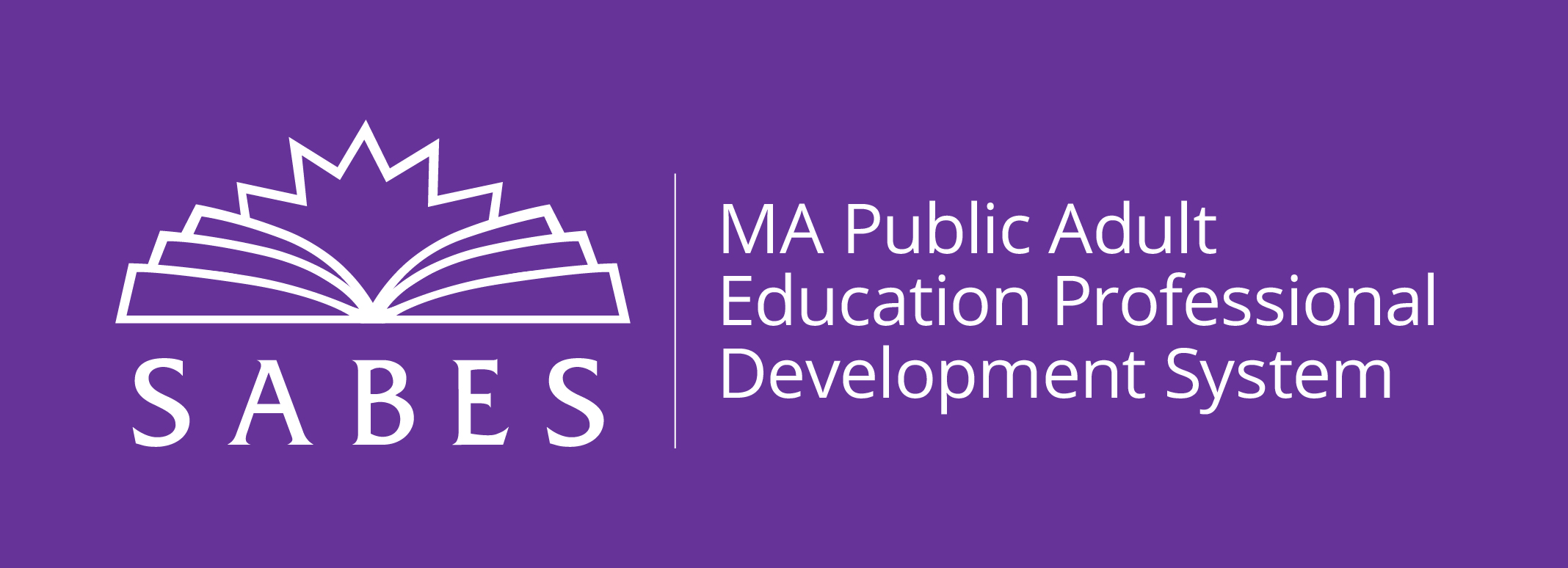Like many educators working with immigrant learners, you may be asking this question. The SABES ESOL PD Team suggests these five ways you can help immigrant students feel safe, welcomed, and informed in class:
- Display messages of respect, inclusion, and solidarity (e.g., “All are welcome here” posters and multi-lingual signs). You can find free posters at We Are Teachers and Teachers Pay Teachers.
- Acknowledge and invite discussions about the current climate. Listen to your students; let them know that you see and hear them and that they are not alone. Facing History and Ourselves has a comprehensive toolkit for facilitating classroom conversations about current events that you may find helpful. SABES is also offering a workshop on Trauma-Informed Instruction in October.
- Share reliable, easy-to-understand information about immigrant rights, community support organizations, and legal clinics. When possible, partner with local organizations to connect directly to students. USA Hello has up-to-date national information and resources for both teachers and immigrant students. There are also several organizations in Massachusetts that provide a wealth of trust-worthy resources for immigrants here, including The MIRA Coalition and The Rian Center. Health and Wellness: Empowering Immigrant Minds is a multi-lingual, culturally responsive counseling organization established to support immigrants’ mental health.
- Integrate “navigating systems” (e.g., education, health care, social services) into language instruction. Teach the language for self-advocacy and practice real-life scenarios, such as talking to a doctor, calling 911, or asking for help. The Massachusetts English Language Proficiency Standards (MA ELPS) offers specific examples of systems adult English learners often encounter and helpful ideas for teaching beginning and advanced English learners about navigating these systems.
- Celebrate students’ cultures. Invite students to share stories about their backgrounds and countries of origin in ways that honor their identities and help to offset some of the negative messages they may be encountering outside of class. The SABES ESOL PD team has put together a collection of resources for culturally responsive and sustaining teaching, (CRST), including this video and supporting material on CRST.
While we can’t fix all the immigration issues our students are dealing with today, we can take these small steps to provide them with a learning environment that strengthens not only their language skills but also their capacity to overcome some of the challenges and fears they may be facing.
Topic Area
Advising & Student Support Services
Civics and Citizenship
ESOL/English Learners
IPQ05: Instruction and Assessment
IPQ07: Advising and Student Support Services
MA ELPS (Massachusetts English Language Proficiency Standards)
Professional Standards
Trauma Informed
Media Type
Document
Resource Type
Resource
PD Team
SABES English for Speakers of Other Languages (ESOL) Curriculum & Instruction PD Team
Action Type
Read


